Ohio1913, kterlep, others--salvage brick reuse question
slateberry
14 years ago
Related Stories
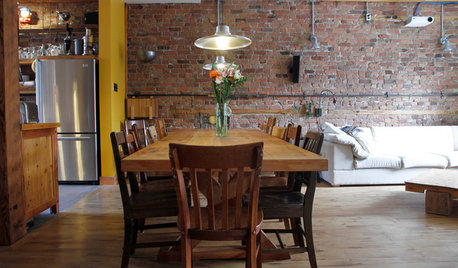
ECLECTIC HOMESMy Houzz: Ecofriendly and Salvaged Style in a Montreal Triplex
Repurposed materials, graywater reuse, and no-VOC paints make for a resourcefully earth-friendly home in Quebec
Full Story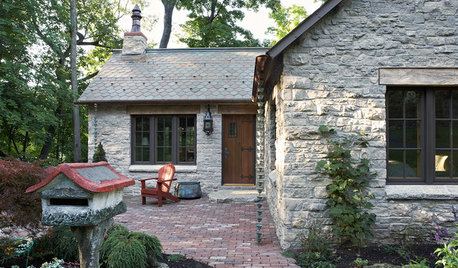
GREEN BUILDINGHouzz Call: What Have You Salvaged for Home Use?
If your floors, furniture, exterior materials or other home elements have a past life, we'd like to hear the story
Full Story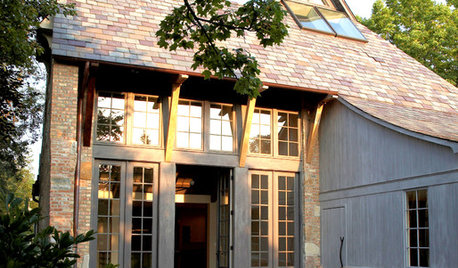
GREEN BUILDINGSalvaged Materials Triumph as All-Stars of Sustainability
When you save manufacturing energy and have a beautifully crafted home to boot, it's a win-win situation
Full Story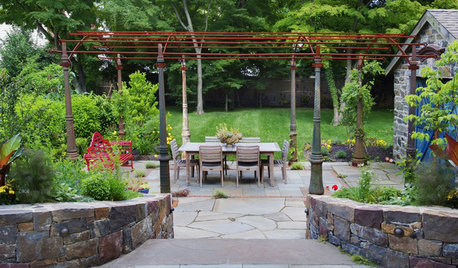
GARDENING AND LANDSCAPINGReinvent It: Salvaged Pieces Frame a Parisian-Style Pergola
Gaslamp posts from the 1930s and upcycled fencing make for a patio structure befitting a historic potting shed in Philadelphia
Full Story
REMODELING GUIDESSurvive Your Home Remodel: 11 Must-Ask Questions
Plan ahead to keep minor hassles from turning into major headaches during an extensive renovation
Full Story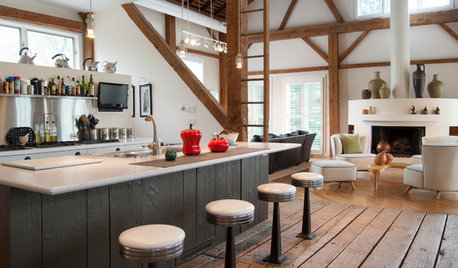
HOUZZ TOURSMy Houzz: Rustic Meets Refined in a Converted Ohio Barn
Intelligent reuse and innovative engineering create a modern family home that’s anything but typical
Full Story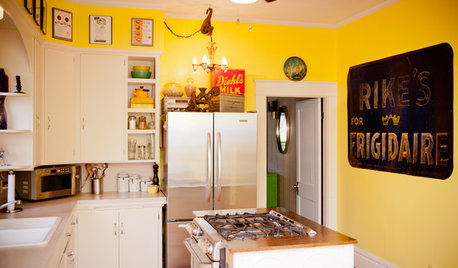
HOUZZ TOURSHouzz Tour: Vintage Industrial Farmhouse in Ohio
Salvaged furnishings, reclaimed materials and accessories with backstories give this farmhouse in a Columbus suburb one-of-a-kind interiors
Full Story
FIREPLACESWhat Goes With a Redbrick Fireplace?
Play up or tone down your redbrick fireplace by pairing it strategically with other colors and materials
Full Story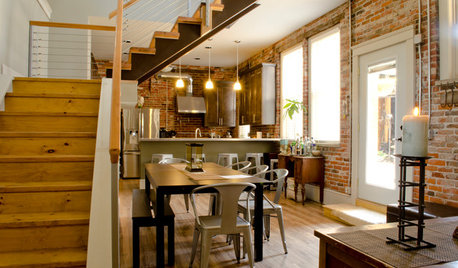
HOUZZ TOURSHello, Bordello — an Ohio Loft Goes From Sinning to Winning
This onetime house of ill repute is now making good as a welcoming home, office and cocktail bar
Full Story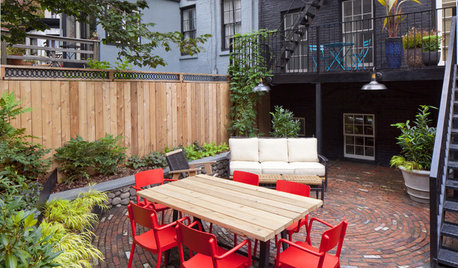
URBAN GARDENSA Dynamic Backyard Design Embraces Its Urban Setting
A New York City outdoor space comes to life with a curvy new brick patio, thoughtful outdoor furnishings and evergreen foliage
Full Story









blackcats13
powermuffin
Related Professionals
Bonita Kitchen & Bathroom Designers · Palmetto Estates Kitchen & Bathroom Designers · Saint Peters Kitchen & Bathroom Designers · South Farmingdale Kitchen & Bathroom Designers · Bremerton Kitchen & Bathroom Remodelers · Fairland Kitchen & Bathroom Remodelers · Londonderry Kitchen & Bathroom Remodelers · Luling Kitchen & Bathroom Remodelers · Oceanside Kitchen & Bathroom Remodelers · Ogden Kitchen & Bathroom Remodelers · Toms River Kitchen & Bathroom Remodelers · Anchorage Architects & Building Designers · Cloverly Architects & Building Designers · Martinsville Architects & Building Designers · North Chicago Architects & Building Designerstzmaryg
slateberryOriginal Author
brickeyee
slateberryOriginal Author
kterlep
slateberryOriginal Author
kterlep
slateberryOriginal Author
kterlep
slateberryOriginal Author
HU-981360435
colleenoz